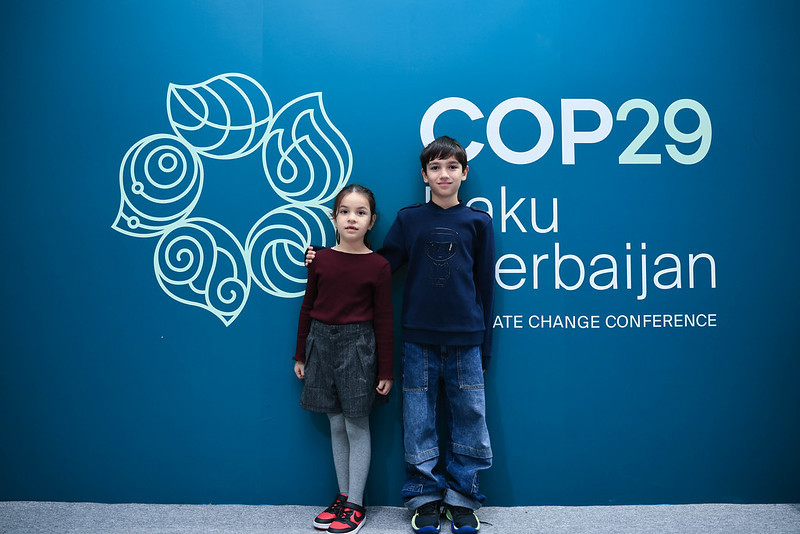COP29: Documents adopted in overtime
The financial agreement is a start, a realistic basis and a balance between the countries' aspirations and possibilities and the new reality – the new geopolitical situation in the world.
After two weeks of negotiations, which only gained momentum in the last few days of the 29th Conference of the Parties (COP29) to the United Nations Framework Convention on Climate Change (UNFCCC) held this year in Baku, a final agreement was reached early this morning after a day and a half of delay. The two key documents on climate change finance and mitigation adopted by the countries after overnight negotiations constitute the Baku Climate Unity Pact. A new collective quantified goal was adopted. The agreement sets a financial goal of at least USD 300 billion a year from 2025 for climate action in developing countries, with developed countries taking the lead.
The goal on climate finance supports climate change mitigation and adaptation in developing countries. The decision also calls on all actors to work together to enable the scaling up of financing to developing countries for climate action from all public and private sources to at least USD 1300 billion per year by 2035. In doing so, developing countries are encouraged to contribute on a voluntary basis, including through South-South cooperation.
After the Climate Conference, the Slovenian Minister of the Environment, Climate and Energy, Bojan Kumer, who as head of the Slovenian delegation attended the conference and actively participated in the negotiations, expressed mixed feelings about its conclusions. He highlighted the goal on climate finance of USD 300 billion to be paid by developed countries to less developed countries. However, he warned that existing agreements were not sufficient to limit global warming to 1.5 degrees Celsius, as current policies would result in global warming of 3 degrees Celsius by the end of the century.
The Minister also expressed disappointment at the lack of concrete commitments to accelerate the reduction of greenhouse gas emissions and phase out fossil fuels, but stressed the importance of continuing to cooperate with the countries within the framework of the High Ambition Coalition to achieve better results.
Guidelines for future global dialogues and events under the Mitigation Work Programme were approved. The Climate Conference also endorsed a document on gender equality, highlighting greater support for girls and women in the climate crisis. Unfortunately, the language on gender equality and human rights was not sufficiently integrated into the rest of the decision texts despite the efforts of the European Union.
On climate change adaptation, among other things, guidance was adopted for the follow-up to the United Arab Emirates – Belém Work Programme on Indicators to measure progress towards the thematic targets of the Global Goal on Adaptation. It was recognised that both incremental and transformative approaches to adaptation are key to protecting the planet and safeguarding the well-being of people, as well as saving their lives and livelihoods.
An important part of the agreement is the adoption of rules for the implementation of Article 6 of the Paris Agreement, in particular in relation to Articles 6(2) and 6(4) on international cooperation in achieving greenhouse gas emission reduction targets. Both articles are essential for the implementation of Nationally Determined Contributions.
Decisions at the Climate Conference are adopted by consensus of the nearly 200 Parties to the UNFCCC.


